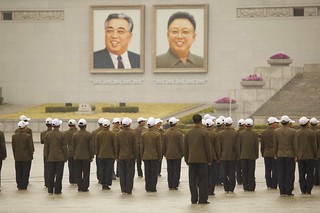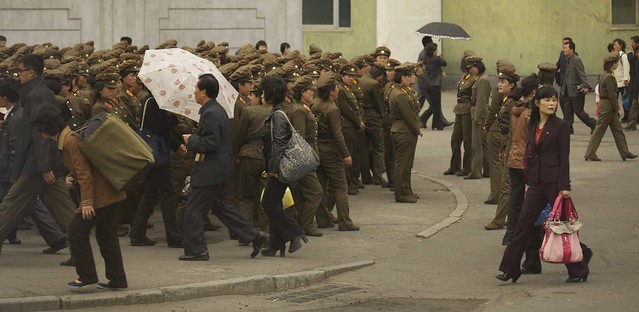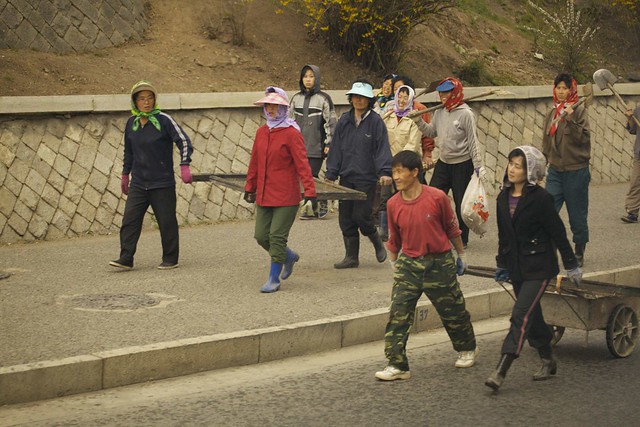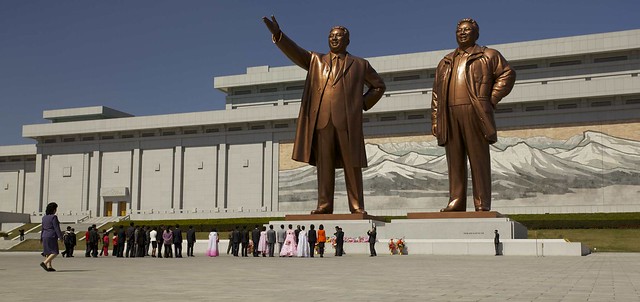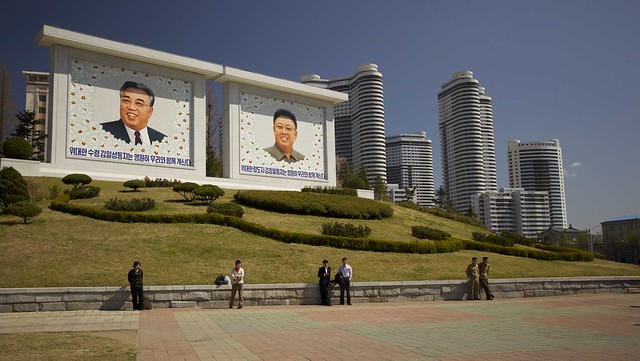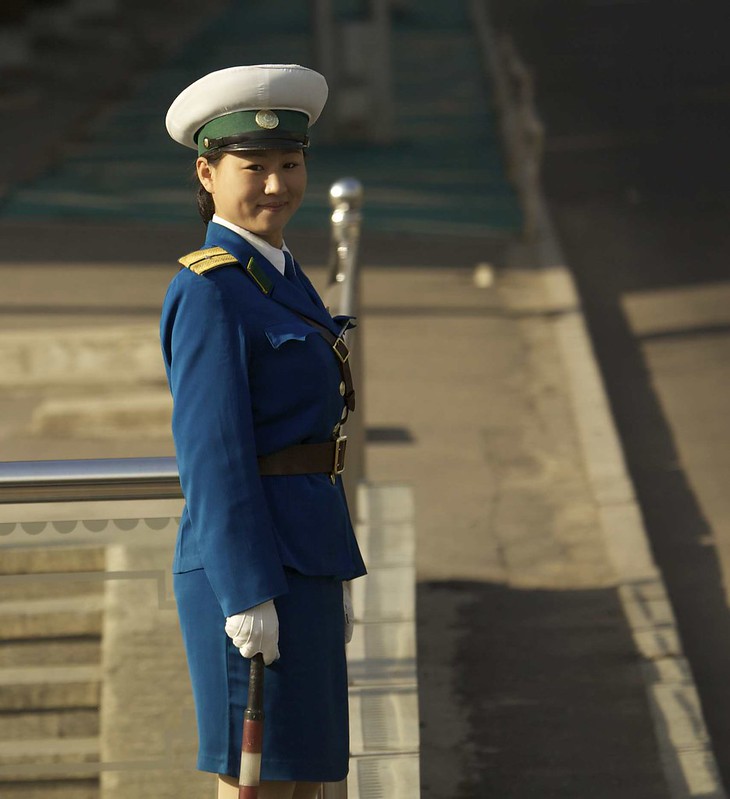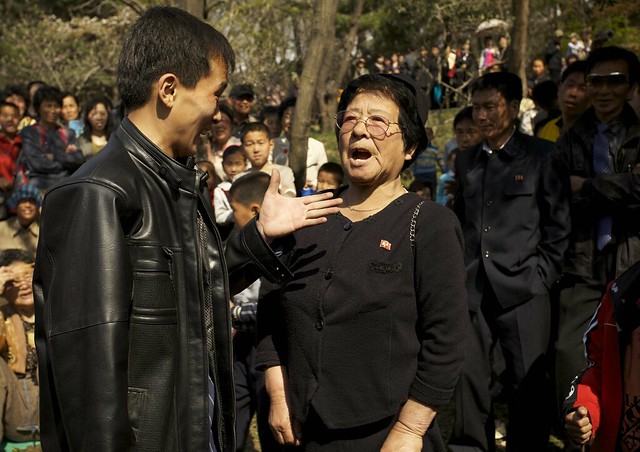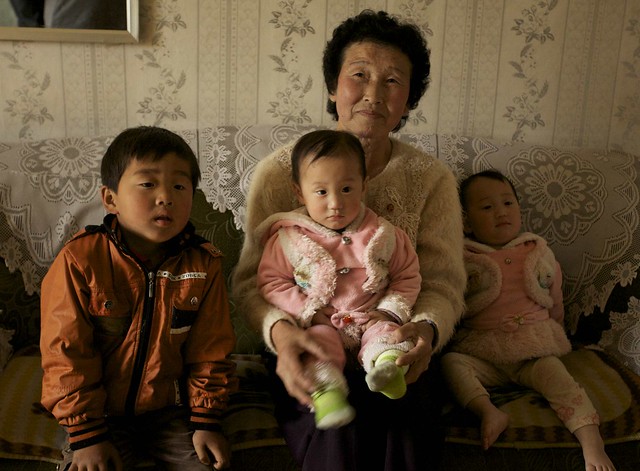Thoughts of North Korea tend to conjure up images of organized military parades, nuclear missile tests and large crowds worshiping a supreme leader; today that’s Kim Jong Un. But there’s so much more to be known about this mysterious country, which has isolated itself from the Western world for decades.
It’s not every day the veil of secrecy surrounding the Northern part of the Korean peninsula is lifted. But in this episode of The Weekly Flickr, Benjamin Jakabek, known on Flickr as benyjakabek, shows a glimpse of what ordinary life looks like for North Korea’s 25 million citizens.
“I wanted to know what it’s really like,” Benjamin says of his long-standing curiosity of North Korea in the accompanying video. “And when I finally had the chance to go, I found out it wasn’t at all what I expected.”
Benjamin, a political science major at a Toronto university, researched North Korea for years, followed the latest news developments and finally wanted to experience it first hand.
“It’s one of the last places on Earth that’s untouched by modernization and information,” Benjamin says. “It’s incredible to think about. We live in a society where we have access to all sorts of information. But there, they block everything off and they generally don’t allow anyone in. All we know is what they want us to know. And that’s kind of one of the main drivers of why I went there, just curiosity.”
After looking into various tour groups that organize trips into North Korea, Benjamin chose one that had the best relations with the DPRK, allowing greater access and fewer photography restrictions. North Korea has its own ministry of tourism known as the Korean International Tourism Company (KITC) that gives out permits to overseas tourist companies. These overseas companies gather tourists and send them to North Korea where the KITC takes over the tour.
Benjamin admits he was surprised he got a permit so easily. “It only took just a couple months,” he says. “I guess I kind of credit that to the fact I’m just Canadian, but also I’m a young person with no real political agenda. I just went there to see things, and I guess that’s their favorite kind of tourist.”
When he arrived in Pyongyang, Benjamin recalls becoming very anxious upon realizing he lost control over his surroundings.
“You are in a sense trapped,” Benjamin explains. “I went on a tour and you really have to stick to that tour, and there’s no breaking away from it. When they take you around, it’s very coordinated, scheduled, and they try to show you the best of North Korea. They really try to make it seem like a great place, so the whole time you’re trying to peek behind the curtain, while they’re putting on a show.
Benjamin describes North Korea as very 1984-esque – extremely uniformed and contrived. He recalls waking up at 6 a.m. and hearing loudspeakers in the distance playing Communist chants and songs; oddly similar to the morning call to prayer in Muslim countries.
“It’s kind of eerie when everyone’s wearing the same thing,” Benjamin says. “Especially when you’re from the West, where everyone’s kind of competing to look different with different clothing.”
Pyongyang is a city of 2 million people, and Benjamin was shocked to not see one single advertisement.
“It was strange because there’s no cultural reference,” Benjamin explains. “You go to another city, almost anywhere else in the world, and you kind of see recognizable brands, marketing – everything like that. You get a sense of familiarity and maybe a sense of home. But in North Korea, it’s just nothing. There’s no connection or cultural reference you can relate to or talk about.”
Instead, Benjamin saw propaganda – huge murals, posters and enormous bronze statues of their former leaders, Kim Il-sung and Kim jong-Il.
“It was difficult at times,” Benjamin admits. “Because the Korean mentality is kind of reserved, and so you wouldn’t see that many outgoing people. However, you would see little moments of happiness, especially with the kids. You can see them laughing and playing in the local playground – just like any place in the world.”
One of the best parts of Benjamin’s visit was attending May Day celebrations. It’s one of the few times during the year when the country allows tourists to walk around freely for three hours. Benjamin finally had an opportunity to interact with locals and see what life was really like.
“Honestly, I was really surprised at the Korean hospitality,” he says. “They literally waved at us to come sit down at their picnic, share a bit of the bulgogi beef they cooked on their little grill, grandma’s passing around drinks… it was just a moment you’d never think would happen in North Korea.”
When Benjamin finally left North Korea, he had a different view of the country than when he arrived.
“I was kind of surprised because you realize that they’re just like everyone else,” he says. “Also, just being surrounded by happy North Koreans struck me because I didn’t think it was possible. It’s amazing.”
“The best way to describe North Korea is concrete and cherry blossoms,” Benjamin says. “You show up there and see these large, concrete, Stalinist architecture, stoic government buildings, and they’re contrasted against these beautiful cherry blossoms. And it kind of shows this contrast between the government and just how beautiful the people are.”
Visit Benjamin’s photostream for more of his photography.
 Do you want to be featured on The Weekly Flickr? We are looking for your photos that amaze, excite, delight and inspire. Share them with us in the The Weekly Flickr Group, or tweet us at @TheWeeklyFlickr.
Do you want to be featured on The Weekly Flickr? We are looking for your photos that amaze, excite, delight and inspire. Share them with us in the The Weekly Flickr Group, or tweet us at @TheWeeklyFlickr.

